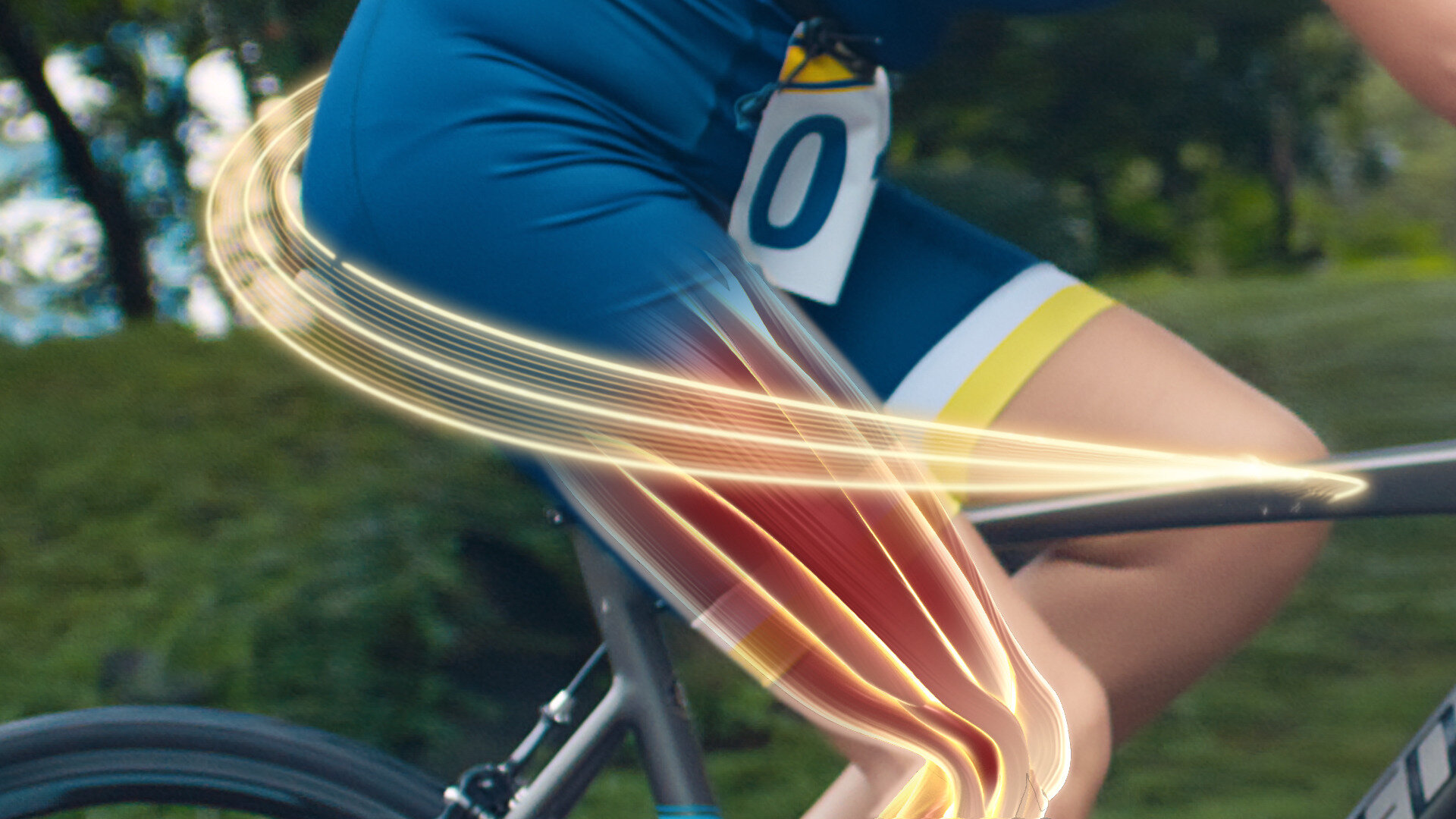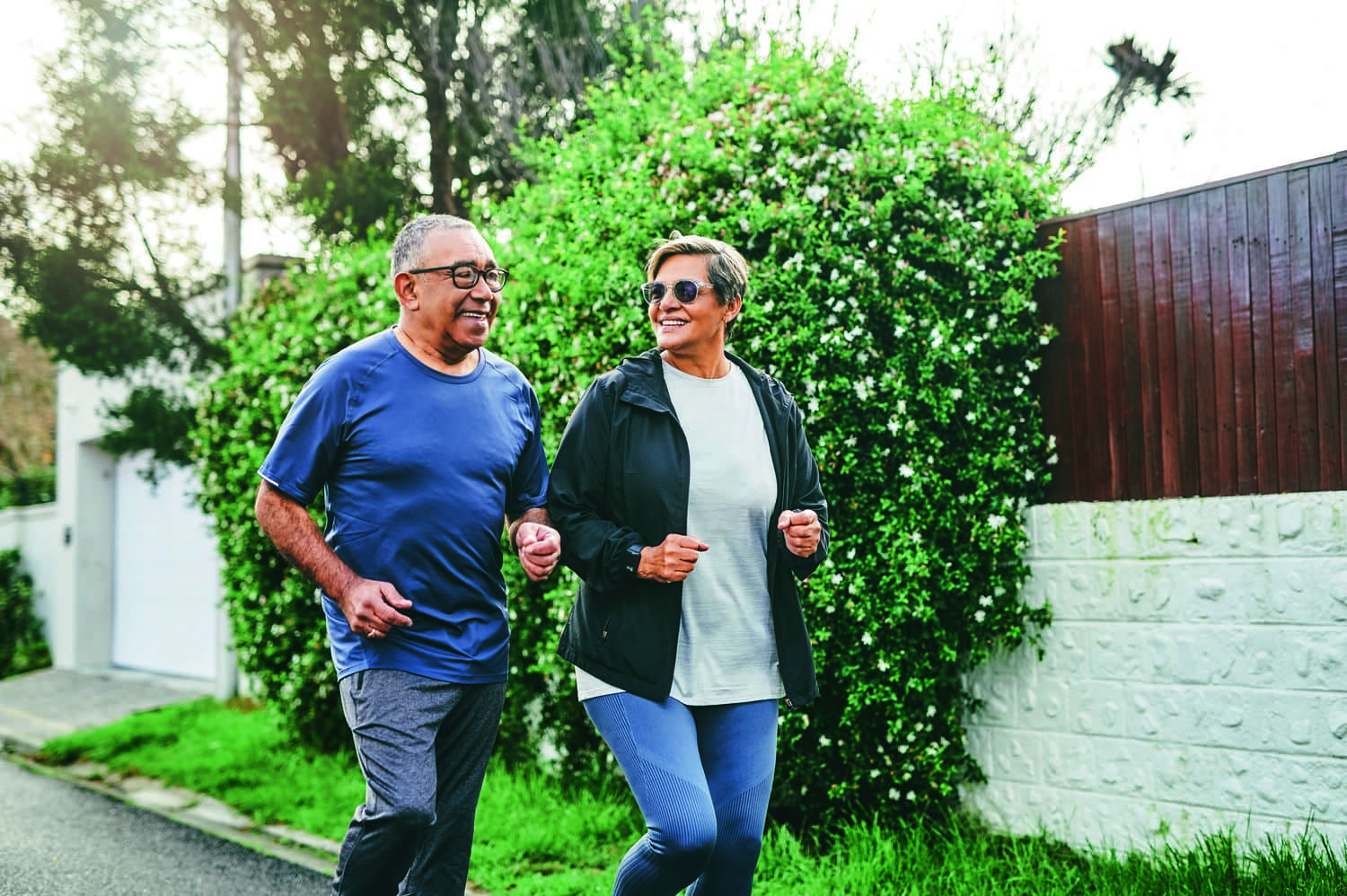Ensure Vanilla Powder
- Main Image
-

- Subtitle
- For EveryDay Strength
- Title
- Ensure Gold® Powder Vanilla
- Detail Page Path
Sarcopenia, characterized by a loss of muscle mass and strength, is a common consequence of aging. This can lead to reduced mobility, increased susceptibility to falls, and reduced overall function. The good news is that incorporating exercise into your daily life can significantly alleviate these effects.
In the context of a Filipino diet, nutrition plays a pivotal role in supporting muscle health. Here are tips for healthy eating:
Embracing movement and a nutritious Filipino diet create a powerful synergy in the fight against muscle loss. By incorporating these habits into their daily lives, older adults can enjoy not only physical strength but also a vibrant and satisfying quality of life. Remember that it is never too late to prepare for a healthier and more active future.
ASC A0026P022924E
1 Institute of Medicine. (2004). Dietary Reference Intakes for Water, Potassium, Sodium, Chloride, and Sulfate. The National Academies Press.
Distéfano, G., & Goodpaster, B. H. (2017). Effects of exercise and aging on skeletal muscle. Cold Spring Harbor Perspectives in Medicine, 8(3), a029785.
https://doi.org/10.1101/cshperspect.a029785
Gumaru, M. (n.d.). Pinggang Pinoy. FNRI Website.
https://fnri.dost.gov.ph/index.php/116-pinggang-pinoy
Volpi, E., Nazemi, R., & Fujita, S. (2004). Muscle tissue changes with aging. Current Opinion in Clinical Nutrition and Metabolic Care, 7(4), 405–410.

As we age into our 40's and beyond, our bodies begin to experience muscle decay. This process, known as sarcopenia, results in reduced muscle strength and mobility and increased susceptibility to injury. Maintaining muscle strength is not just an aesthetic concern; it is important for overall health and well-being.

In the evolving landscape of an aging population, the importance of good nutrition is becoming increasingly apparent, particularly in the context of malnutrition among the elderly in the Philippines. Studies have revealed alarming findings that about 30% of older adults in the Philippines were malnourished, highlighting the urgent need for targeted nutritional interventions.1

Muscles, the unsung heroes of our bodies, silently carry out countless tasks. However, as time progresses, these powerhouses face the inevitable effects of aging, leading to muscle decay.1Understanding the nuances of this process unveils the powerful truths about muscle strength that are often overlooked.
You are about to exit for another Abbott country or region specific website.
Please be aware that the website you have requested is intended for the residents of a particular country or region, as noted on that site. As a result, the site may contain information on pharmaceuticals, medical devices and other products or uses of those products that are not approved in other countries or regions.
The website you have requested also may not be optimized for your specific screen size.
Do you wish to continue and exit this website?
Stay Connected